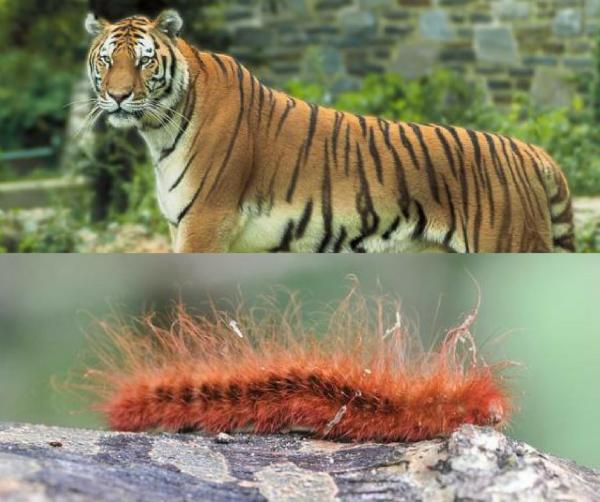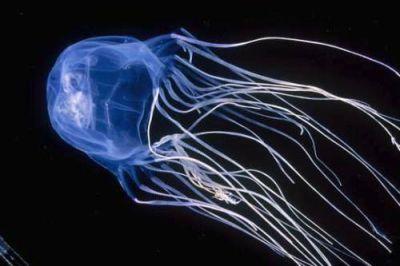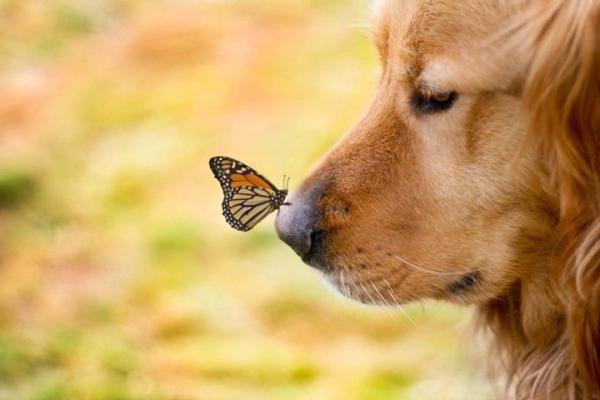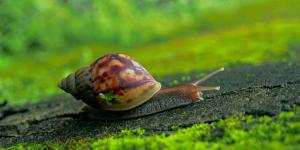Major Groups of Invertebrate Animals


Vertebrates and Invertebrates are the 2 main types of animals. To put it simply, invertebrates have no backbone and vertebrates have a highly-evolved internal skeleton and skull to enclose their well developed brain. This backbone is also known as a vertebral column (or spinal column in humans and other animals). However, invertebrates flourish without it because they have evolved in such a way that helps them adapt to their environment. They are perhaps the most interesting scientifically, because they include some of the oldest living creatures from an evolutionary perspective. Do you know the major groups of invertebrate animals? If not, you have come to the right place. AnimalWised will explain all there is to know.
The differences between invertebrates and vertebrates
Let's differentiate between vertebrates and invertebrates. All mammals, birds, reptiles and amphibians are vertebrates. Invertebrates on the other hand, are made up of several more groups. Although humans are much more aware of the former group, around a whopping 98% of all animal species on the planet are invertebrates. Impressive statistic, isn't it?
Invertebrates are:-
- Small and slow moving.
- There are 2 million named and many millions more not yet identified.
- Can be classified into around 30 phyla.
Vertebrates are:-
- Large and fast .
- There are 57,739 vertebrates.
- Can be classified into five groups: fish, amphibians, reptiles, birds and mammals.
Differences in Physical Characteristics
We've already established the size difference and that invertebrates have no backbone whilst vertebrates have a well-developed internal skeleton. The second group also have well-developed sensory organs, a respiratory system with either gills or lungs, and an advanced nervous system.
Vertebrates are divided into two groups: animals without jaws (Agnatha) and animals with jaws (Gnathostomata). Most of them cannot create their own food, however, invertebrates are capable of making their own.
Physically, in general, invertebrates have two basic body types or 'plans'. One is the radial symmetry plan (a circular shape arranged around a central mouth), which includes animals who spend their adult lives stuck in one place; and the bilateral symmetry plan (right and left halves that mirror each other and typically have a definite front and back end). This includes animals who move in search of food.
Adaptation to the Environment
Vertebrates have a highly developed nervous system, therefore can react very quickly to changes in their surroundings, giving them a competitive edge. On the other hand, most invertebrates have simple nervous systems, and behave almost entirely by instinct.
Let's take moths as an example, they will fly around hot bright lights for ages, even if they are risking themselves getting burned. They do not learn from their mistakes in the same way as vertebrates. Of course, there are exceptions. Since, octopuses are considered one of the most intelligent animals in the world.
Read our AnimalWised article on some examples of vertebrate and invertebrate animals, to give you a better idea.

The main groups of invertebrate animals
Finally, what you came to discover! The seven major groups of invertebrates are:
- Sponges / Porifera - The most ancient of all animal phyla, sponges tend to live in saltwater but there are some notable exceptions. They are the simplest invertebrates. They live in water and filter food from the water that surrounds them.
- Ctenophora - Ctenophores are very similar to cnidarians; they usually have soft gelatinous bodies. There are very few Ctenophora, but they include: the sea gooseberry, comb jellies and sea walnuts.
- Cnidaria - Another ancient group of animals, cnidarians usually have stinging tentacles and can reproduce asexually. Cnidaria were grouped with Ctenophora for a long time but were placed in separate phyla after scientists discovered new differences between the groups. Animals in this group have a central opening surrounded by tentacles. This is how they get rid of waste. They include: coral, jellyfish, sea anemones and sea wasps.
- Echinoderms - Echinoderms notably have external skeletons. They are water animals that have a central opening for taking in food. These spiny, radial marine animals include: sea cucumbers, sea urchins and starfish.
- Worms / Annelids - Worms live in many different environments. They have soft, tube-shaped bodies and a distinct head. Some worms even live inside other animals! Others live in the water or on land. They include: earthworms, sandworms, leeches, ragworms, polychaete worms.
- Molluscs - Molluscs are soft creatures that usually reside inside a shell. They have a muscular foot that allows them to move and hunt for food. Some mollusks live on land. Others live in water. The mollusc classification includes: mussels, oysters, cuttlefish, squids, octopuses, slugs and snails.
- Arthropods - Arthropods are easily the largest group of animals on Earth thanks to the inclusion of insects. They also include arachnids, centipedes and crustaceans. They are found on land, in the water, and in the air. Some have legs and some have wings. . These animals possess a segmented body, appendages and an exoskeleton. This classification includes arachnids like scorpions and spiders, crustaceans like crabs, lobsters and shrimp, and insects like ants, bees, beetles, butterflies, crickets, dragonflies, flies, grasshoppers, mosquitoes, moths, praying mantises and stick insects.

We hope you found this article informative. If you did, you may be interested in the largest insects in the world and what are indicator species?
If you want to read similar articles to Major Groups of Invertebrate Animals, we recommend you visit our Facts about the animal kingdom category.







